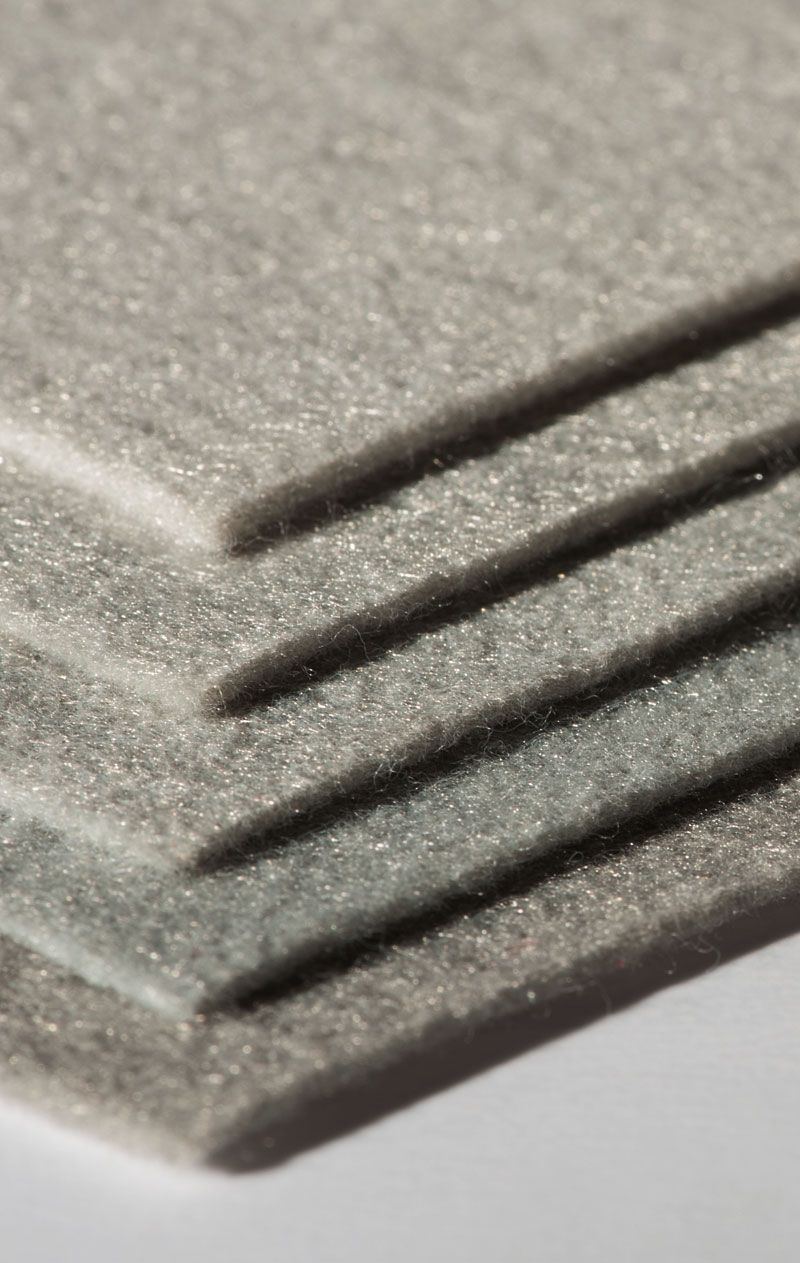What is a Nonwoven Fabric?
It is a veil or layer, either with or without oriented strands that can be bonded by mechanical, chemical or physical treatments (excluding shed weaving and mail, tufting, knitted sewing).
The veil or layer can be composed of cut fibres or by continuous threads made in situ.
TECNOLOGY
Punching
The bonding process of Nonwoven fabrics is made mechanically through the action of the needles that sew the layer, with no use of chemical bonding.
FINISHES
Velour
This process uses punching technology to obtain a soft and velvety surface. The Velour developed by Fytisa allows keeping a velvety surface of the Nonwoven fabric, after undergoing a process of pressure, temperature and handling.
Printing
We offer customised, as well as Fytisa designs.
Impregnation
We can obtain any especial feature that our clients may require
Calendering
We can apply calendering to our Nonwoven fabrics (applying colour and pressure at the same time).
3D Printing
This finish offers printing with a 3D effect to our Nonwoven fabrics. This method allows increasing the quality perceived, while obtaining a very especial smooth touch.
Hot Melt Application
We can apply hot melt dust to the back of our Nonwoven fabrics (HDPE, LDPE, PES, Co-PES...) to facilitate the bonding of our Nonwovens to any surface through a process of hot rolling.
EcoResistant
This finish provides high resistance to abrasion and rubbing.
The finish is free of PFOA, PFOS and formaldehyde.
EcoClean
EcoClean is a finish that facilitates the cleaning of the Nonwoven in front of the effect of liquid and/or solid agents, such as oil, grease, chocolate, etc. The finish is free of PFOA, PFOS and formaldehyde.
EcoCare
This finish combines the features of the eco-clean and the eco-resistant, while maintaining both of their benefits. The finish is free of PFOA, PFOS and formaldehyde.



